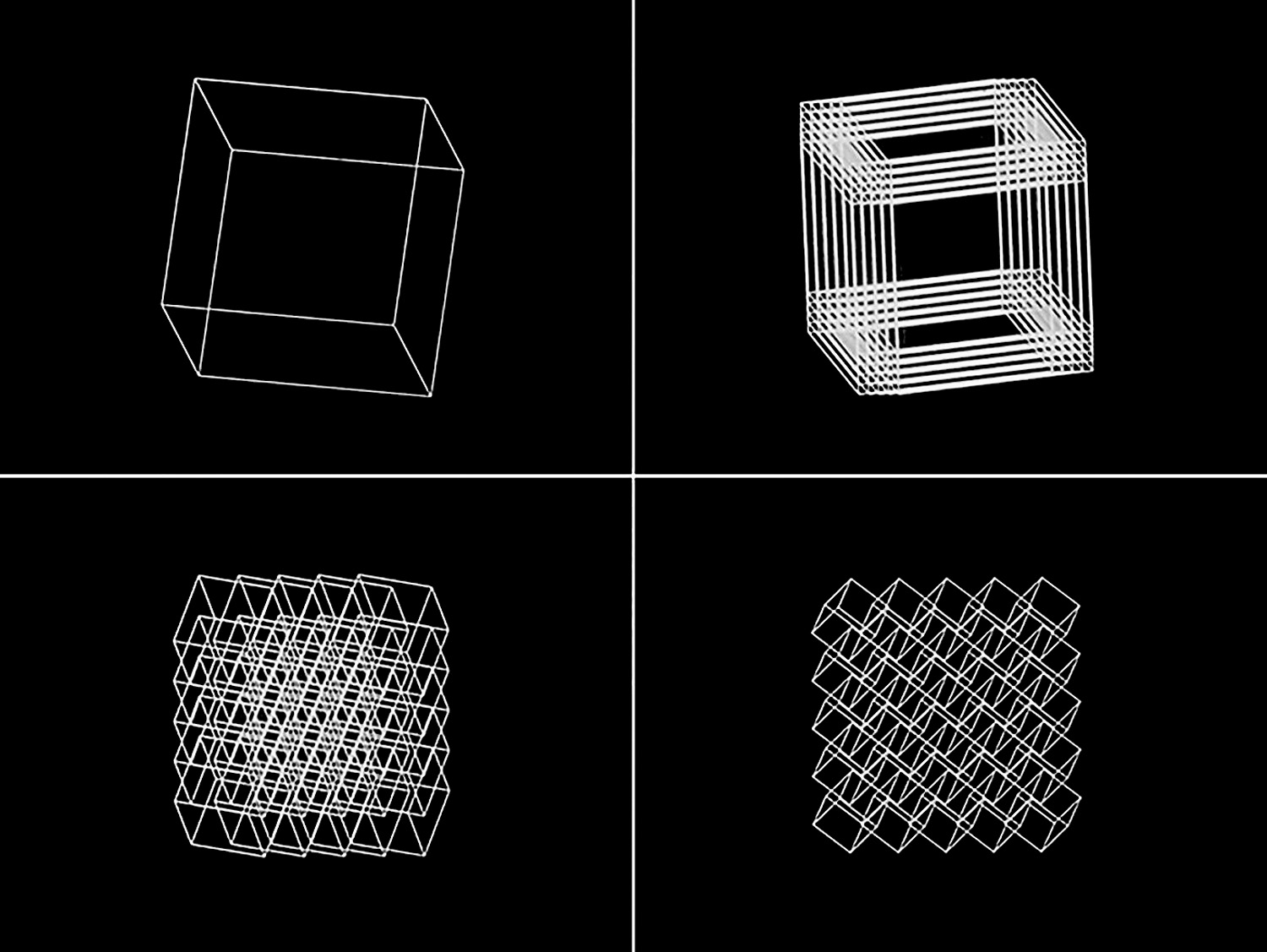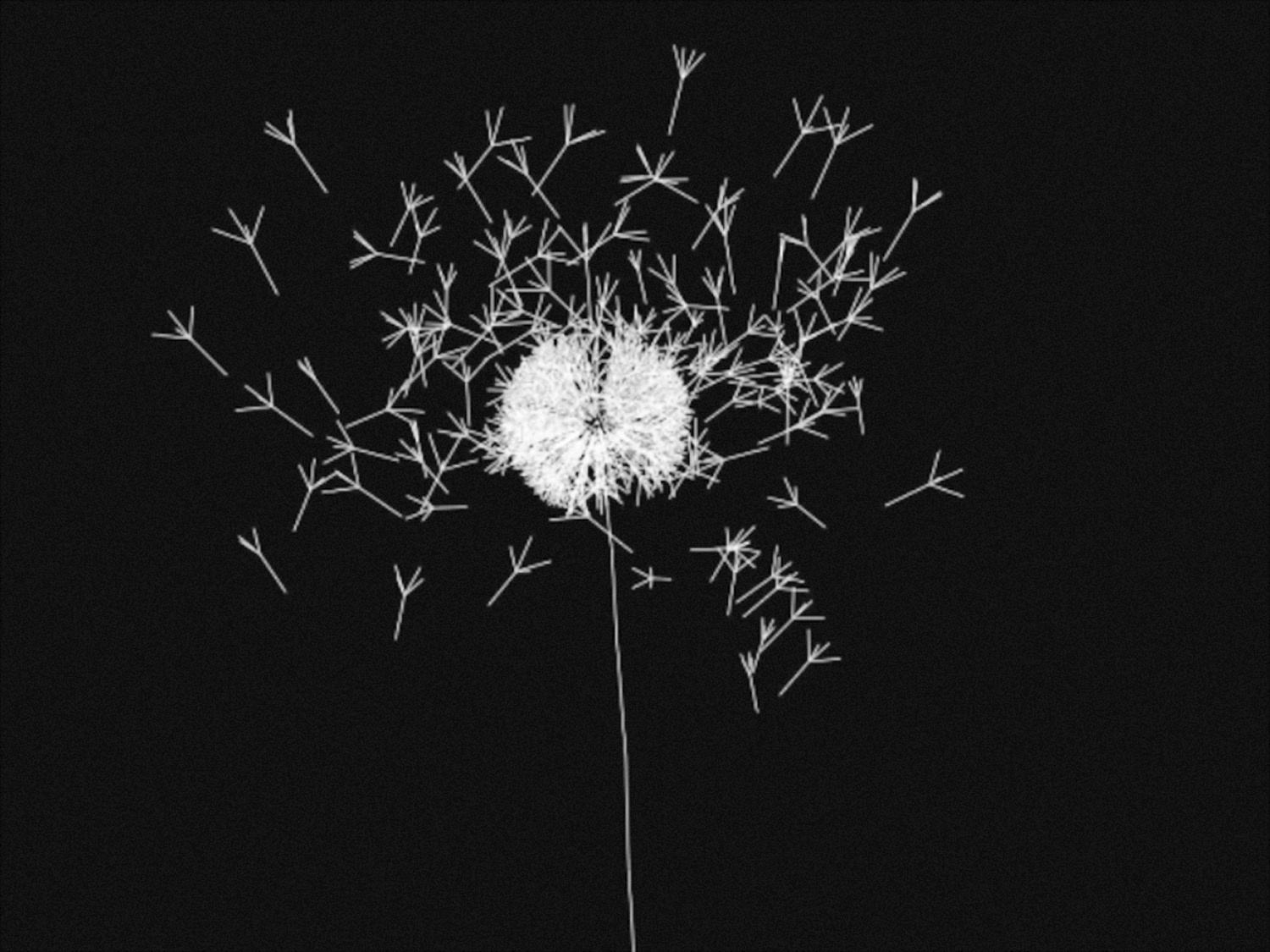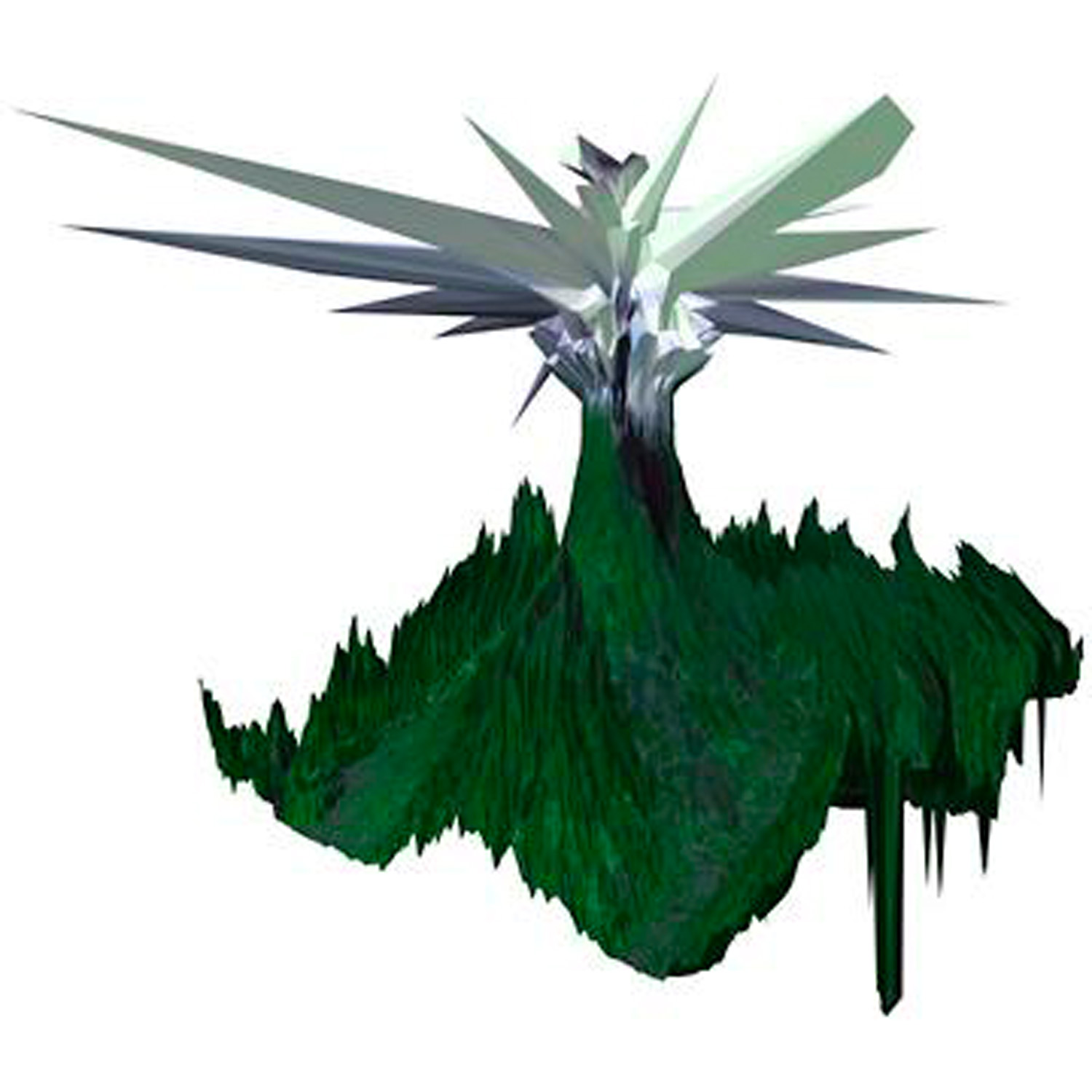The medium of the poster raises questions, not only of surface, but of reading and temporality. In addition, when it is produced on digital media, there are also issues related to the gaze and animation. Each period has yielded its own means of production and methods, as well as new issues and stylistic effects to explore. Logically, the materials and tools used by designers follow in the wake of these developments. This lends a particular aspect to the contemporary era, one characterized by the universal accessibility of computing power, ubiquitous design software, and social media trends. This situation is immediately perceptible when one observes the most recent submissions at the Le Signe International Poster Festival (in Chaumont, France), where the use of animation and the multiplication of 3-D forms have made their mark on the graphic design of the last five years. As a result, in professional environments, we see the increased assimilation of forms from computing imagery, and, more specifically, from the realm of 3-D computer-generated images (CGI) [see at left]. In order to gain a better understanding of the reasons and consequences of this movement, we will present a juxtaposition of selected contemporary 3-D posters with historical examples from a variety of fields. Understanding the contemporary practices of 3-D graphic design in relation to earlier examples provides a useful perspective on this occasionally playful, sometimes superficial, fascination, and proposes a more discerning approach to the issues it raises.
Just as photography did not replace painting, and cinema did not kill the theater, computer-generated images coexist with many media, have been integrated into established distribution networks, and have even become new modes of communication. Since the normal flow of social media breeds amnesia, it is important to begin with a reminder of the works of digital (or algorithmic) artists such as Vera Molnàr or Manfred Mohr, whose works first began to make inroads into established esthetics. Other notable landmarks in this history include: Edmond Couchot, Marie-Hélène Tramus and Michel Bret’s work Je Sème à Tout Vent 11 See http://b-o.fr/couchot (1990),
Other notable landmarks in this history include: Edmond Couchot, Marie-Hélène Tramus and Michel Bret’s work Je Sème à Tout Vent 11 See http://b-o.fr/couchot (1990), Masaki Fujihata’s Impressing Velocity (1992–1994),
Masaki Fujihata’s Impressing Velocity (1992–1994), and John Maeda’s Reactive Books 22 See http://…
and John Maeda’s Reactive Books 22 See http://…